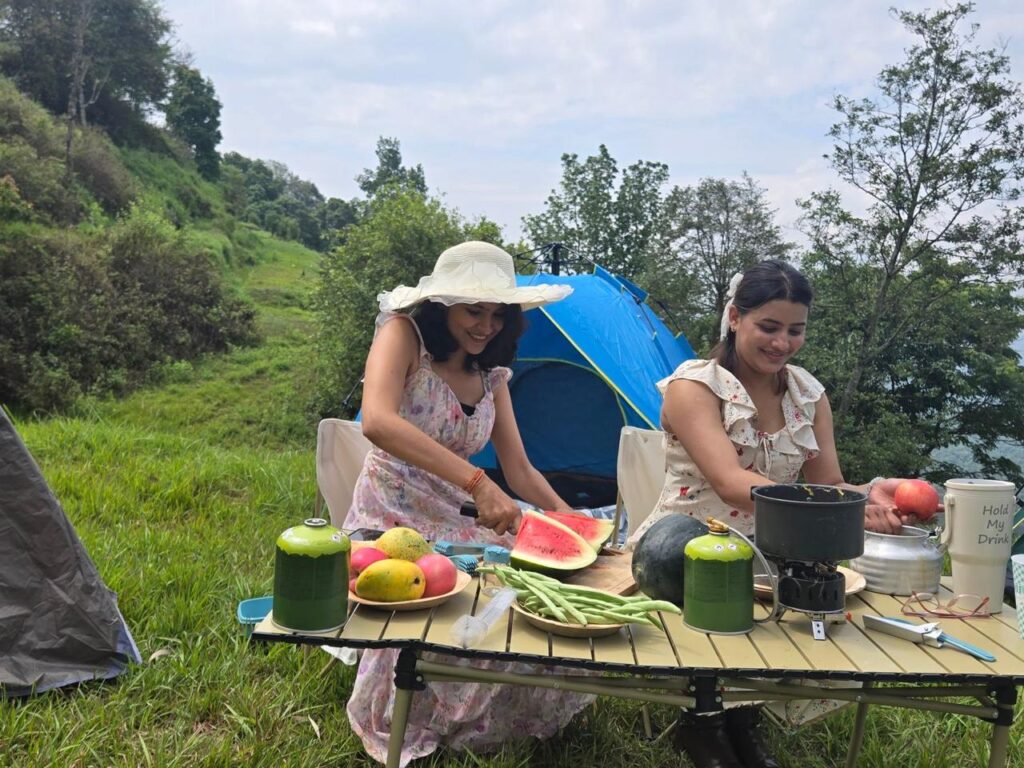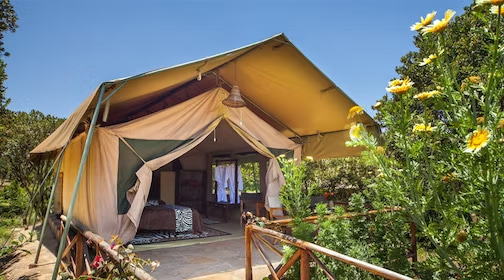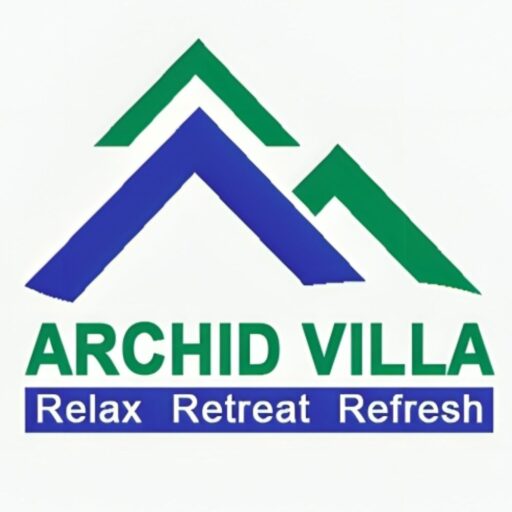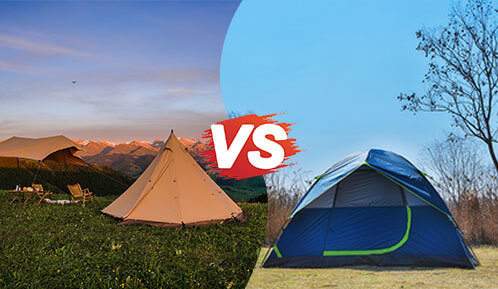Camping is a traditional outdoor activity where people set up tents or sleep in nature with basic tools and no modern facilities. Glamping, short for “glamorous camping,” offers luxurious outdoor stays with real beds, private bathrooms, electricity, and even Wi-Fi—blending the beauty of nature with hotel-style comfort.
Introduction: Why People Confuse Camping with Glamping
In recent years, outdoor getaways have surged in popularity. But not everyone wants the same kind of adventure. Some prefer the rugged charm of sleeping under the stars, while others want to sip wine inside a cozy tent with a view. That’s where the difference between camping and glamping becomes essential to understand.
This guide breaks down both experiences clearly—helping you choose the best fit while improving your understanding for voice queries and search.
What is Camping?

Camping refers to the act of staying outdoors overnight, usually in a tent, hammock, or RV, with limited facilities. It’s rooted in the idea of self-sufficiency, simplicity, and natural living.
Key Features of Camping:
- Shelter: Tent, tarp, hammock, or RV
- Sleeping: Sleeping bags or ground pads
- Food: Campfire or portable stove cooking
- Bathrooms: Shared or natural (pit toilets, nearby streams)
- Electricity: Usually none
- Entertainment: Nature walks, storytelling, star-gazing
- Ideal for: Adventurers, nature-lovers, budget travelers
Did you know? Camping is often associated with national parks, hiking trails, and wilderness areas—offering deep immersion in nature.
What is Glamping?

Glamping is short for “glamorous camping.” It’s a modern outdoor experience that combines luxury amenities with natural surroundings. Glamping offers the serenity of nature without sacrificing comfort.
Key Features of Glamping:
- Shelter: Furnished tents, safari lodges, domes, treehouses, or cabins
- Sleeping: Queen or king-size beds, duvets, and furniture
- Food: Gourmet meals, restaurant access, or personal chef
- Bathrooms: Private, often en-suite with plumbing
- Electricity: Available (lighting, heating, air-conditioning, Wi-Fi)
- Entertainment: Yoga, spa, guided tours, glamping safaris
- Ideal for: Couples, families, first-time campers, luxury travelers
Fun Fact: Glamping sites often use eco-friendly materials and sustainable power sources, making them a blend of luxury and responsibility.
Key Differences Between Camping and Glamping
Camping vs Glamping: A Detailed Comparison Table
| Feature | Camping | Glamping |
|---|---|---|
| Accommodation | Basic tent or hammock | Furnished tent, yurt, treehouse, or cabin |
| Sleeping Setup | Sleeping bag or pad | Real bed with mattress and linens |
| Cooking | Campfire or portable stove | On-site kitchen or provided meals |
| Bathroom | Shared, pit toilets, or nature | Private bathroom with running water |
| Electricity | Typically unavailable | Available (lighting, chargers, Wi-Fi) |
| Cost | Low-cost and budget-friendly | Higher price point |
| Effort Needed | Self-setup, DIY experience | Pre-arranged, hassle-free |
| Target Audience | Nature-lovers, backpackers | Comfort-seekers, families, wellness tourists |
Pros and Cons
Camping Pros:
- Cheap and budget-friendly
- Pure nature connection
- DIY experience (fun for many)
Camping Cons:
- No comfort, sometimes risky
- Weather dependent
- Requires gear and setup
Glamping Pros:
- No gear needed
- Comfortable, safe, and scenic
- Family and kid-friendly
Glamping Cons:
- More expensive
- Less adventurous for hardcore nature lovers
Camping or Glamping: Which is Best for You?
Ask yourself:
- Do you like to rough it out or enjoy cozy beds?
- Are you okay with cooking your own food or want service?
- Do you enjoy challenges or prefer comfort?
If you’re looking for raw adventure, go camping.
If you want nature with comfort, go glamping.
Best Camping & Glamping Sites in Nepal
Looking for outdoor experiences in Nepal? Here are some ideas:
Best Camping Sites in Nepal:
- Rara Lake – Remote, pristine beauty
- Mardi Himal Base Camp – Breathtaking views
- Chitlang – Near Kathmandu, beginner-friendly
Best Glamping Spots in Nepal:
- Sakwo Glamping Resort, Sankhu – Luxurious tents with valley view
- The Pavilions Himalayas, Pokhara – Eco-glamping with luxury
- Glamping Nepal, Dhulikhel – High-end experience near the hills
These places are perfect for travelers looking for peaceful nature retreats in Nepal.
Who Should Choose Camping?
You should consider camping if you:
- Love roughing it and being close to raw nature
- Enjoy setting up your own gear and cooking
- Want a budget-friendly getaway
- Seek disconnection from digital life
- Prefer solitude and minimalism
Who Should Choose Glamping?
You should consider glamping if you:
- Want the comfort of home in the outdoors
- Travel with kids or older adults
- Want to relax without hassle
- Prefer experiences over setups
- Enjoy curated and styled accommodations
Final Thoughts: Choose Your Nature Style
Both camping and glamping offer a break from busy life and a chance to reconnect with nature. The key difference lies in the level of comfort and convenience. Whether you’re pitching a tent under the stars or relaxing in a dome tent with a cup of tea and Wi-Fi, you’re still embracing the essence of the great outdoors.
Choose the experience that fits your style—and enjoy nature on your own terms.
FAQ on Difference Between Camping and Glamping
What is the difference between camping and glamping?
Camping is a nature-based experience with basic gear, while glamping offers luxurious facilities like beds, bathrooms, and electricity in an outdoor setting.
Is glamping more comfortable than camping?
Yes, glamping provides comfortable sleeping arrangements, private bathrooms, and modern amenities—making it more convenient than traditional camping.
Which is cheaper: camping or glamping?
Camping is usually more affordable since you bring your own gear and cook your own meals, whereas glamping includes high-end setups and services.
Can families go glamping?
Absolutely! Glamping is family-friendly and often includes activities, safe environments, and comfortable lodgings for kids and adults alike.
Is glamping still considered camping?
Yes. Glamping still occurs outdoors and connects people to nature, but with added luxury and ease.

